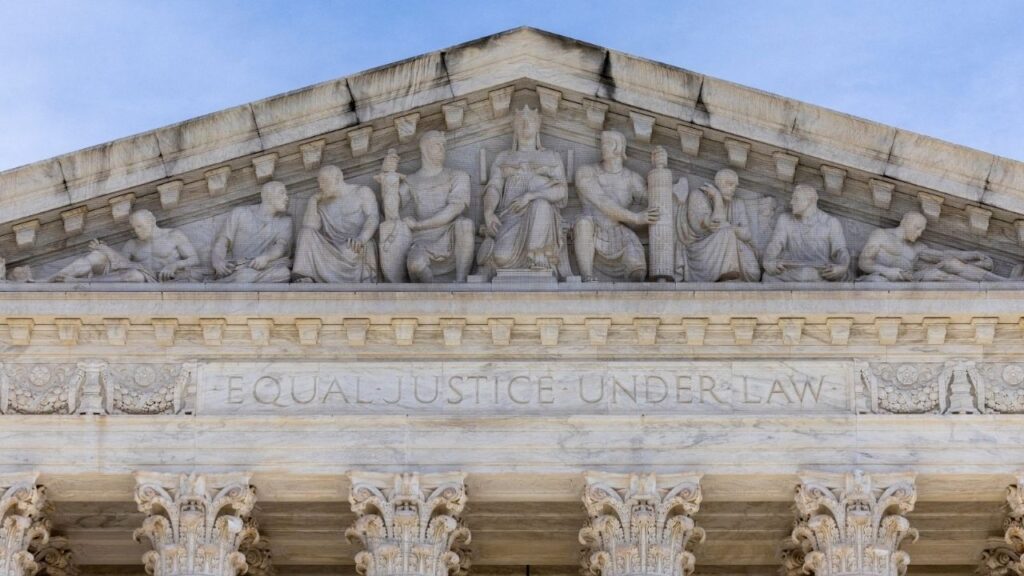Share
Jerry Brown is a hard act to follow but his successor as governor, Gavin Newsom, acquitted himself well – if very lengthily – in presenting his first state budget on Thursday.

Opinion
Dan Walters
CALmatters Commentary
It was three times as long as the typical budget unveiling each January, an exercise that Brown’s first budget director four-plus decades ago, Roy Bell, once described as a “dog and pony show,” and maybe the longest news conference ever held in and around the Capitol.
Newsom’s major point, which he repeatedly stressed, was that even with the state treasury flush with billions of extra tax dollars, he’s being careful about making long-term commitments that could backfire in a recession and, instead, is devoting the vast majority of those dollars to one-time spending and/or paying down debt, including unfunded pension liabilities.
Newsom called it “budget resiliency,” noting that even a moderate recession could slash revenues by $70-plus billion over three years, overwhelming the state’s “rainy day fund” and other reserves.
In effect, he’s continuing Brown’s cautious approach to expensive commitments, while offering one-time appropriations and start-up funds for the ambitious expansion of health care, early childhood services and other big-ticket programs he also advocates.
Newsom Fully Embraces Housing Shortage
While Newsom stressed the budget’s finances, it’s also a policy document whose most important segment deals with the state’s most pressing issue, a chronic and growing shortage of housing that has driven costs sky-high, discouraged private sector investment and caused the state to have the nation’s highest level of poverty.
Brown was only tangentially interested in housing, but Newsom is fully embracing the issue and is pledging vigorous, even coercive, action to deal with it, pointing out that since 2007, the state has built only 40 percent of the housing it needs.
While committing more money to low-income housing, Newsom also outlined a new response to the not-in-my-backyard (NIMBY) attitudes in many communities toward more construction.
He would replace the state’s toothless local housing quotas with regional quotas and penalties for not meeting them.
“Homelessness and housing have to be looked at on a regional basis,” he said. “We are going to establish real goals, break them down by regions and hold them accountable,” Newsom said, warning, “If you don’t meet the goals, we’re going to take (transportation) money from you.”
High Time for State to Do More About Housing
Newsom also wants corporate employers, especially those in Silicon Valley, to “step up and help us” increase housing supply. “We are doing our part and I will be asking them to do their part,” he said.
It’s certainly high time for the state to do more about housing than occasionally throwing some token funds at it.
Newsom’s budget declares that the state needs to be building 200,000 new units a year to keep up with demand and they would cost, at an average of $350,000 per unit even for so-called “affordable housing,” about $70 billion a year.
Even governments in a state as economically prosperous as California don’t have that kind of money, so truly solving the housing crisis requires making private investment more attractive. And that means confronting NIMBYism head-on, something Brown talked about but never did.
CALmatters is a public interest journalism venture committed to explaining how California’s state Capitol works and why it matters. For more stories by Dan Walters, go to calmatters.org/commentary.
Categories

US Supreme Court Turns Away Appeal of Texas Library Book Ban

Tulare County Deputies Investigating Deadly Ivanhoe Shooting

Must the Military Disobey Unlawful Orders? Pam Bondi Has Said Yes.
















